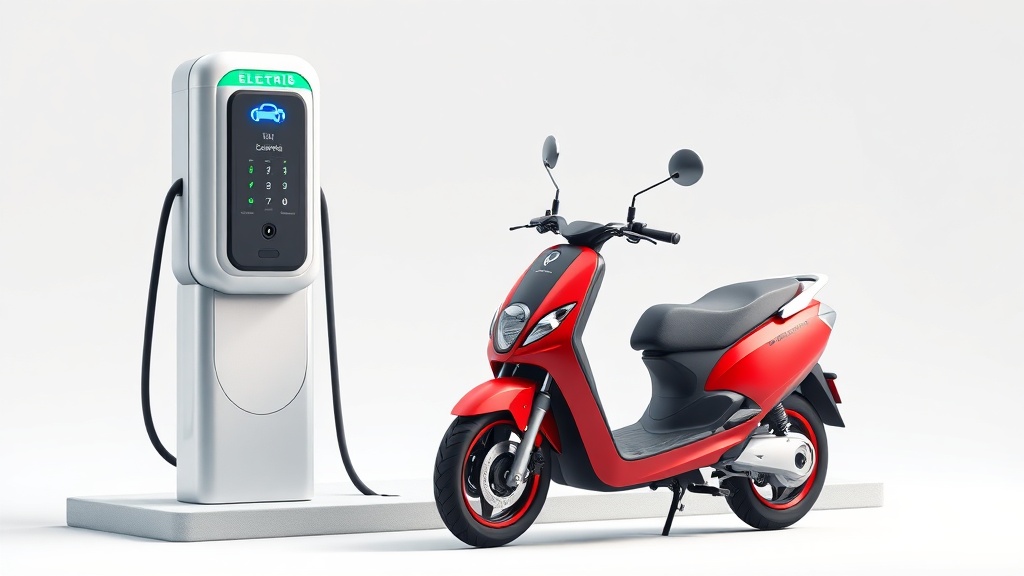Home / Business and Economy / EV Startups Gain on Old Guard in Profitability Race
EV Startups Gain on Old Guard in Profitability Race
19 Nov
Summary
- EV startups now approach legacy firms' gross margins.
- Operating margins still show significant gaps.
- Legacy firms face higher costs adapting ICE architectures.

Indian electric two-wheeler startups are narrowing the profitability gap with established internal-combustion engine (ICE) manufacturers. Ola Electric and Ather Energy now report gross margins that rival those of TVS Motor, Hero MotoCorp, and Bajaj Auto, demonstrating improved unit economics. This progress highlights the structural advantages of purpose-built EV platforms, which offer leaner cost bases compared to legacy firms adapting existing architectures.
While gross margins, indicating product-level profitability, are converging, operating margins present a different picture. Ola Electric recently posted its first positive operating margin, a significant step, yet legacy players like Hero MotoCorp and TVS Motor continue to command higher operating margins. Experts suggest that legacy companies carry substantial ICE-related overheads, delaying margin expansion in their nascent EV portfolios.
This divergence is attributed to the focused approach of new-age EV makers, allowing faster scaling of components like batteries and software. These companies also benefit from emerging software-led revenue streams. As EV volumes grow for traditional manufacturers, their cost structures are expected to realign, leading to a more gradual improvement in their operating profitability.




